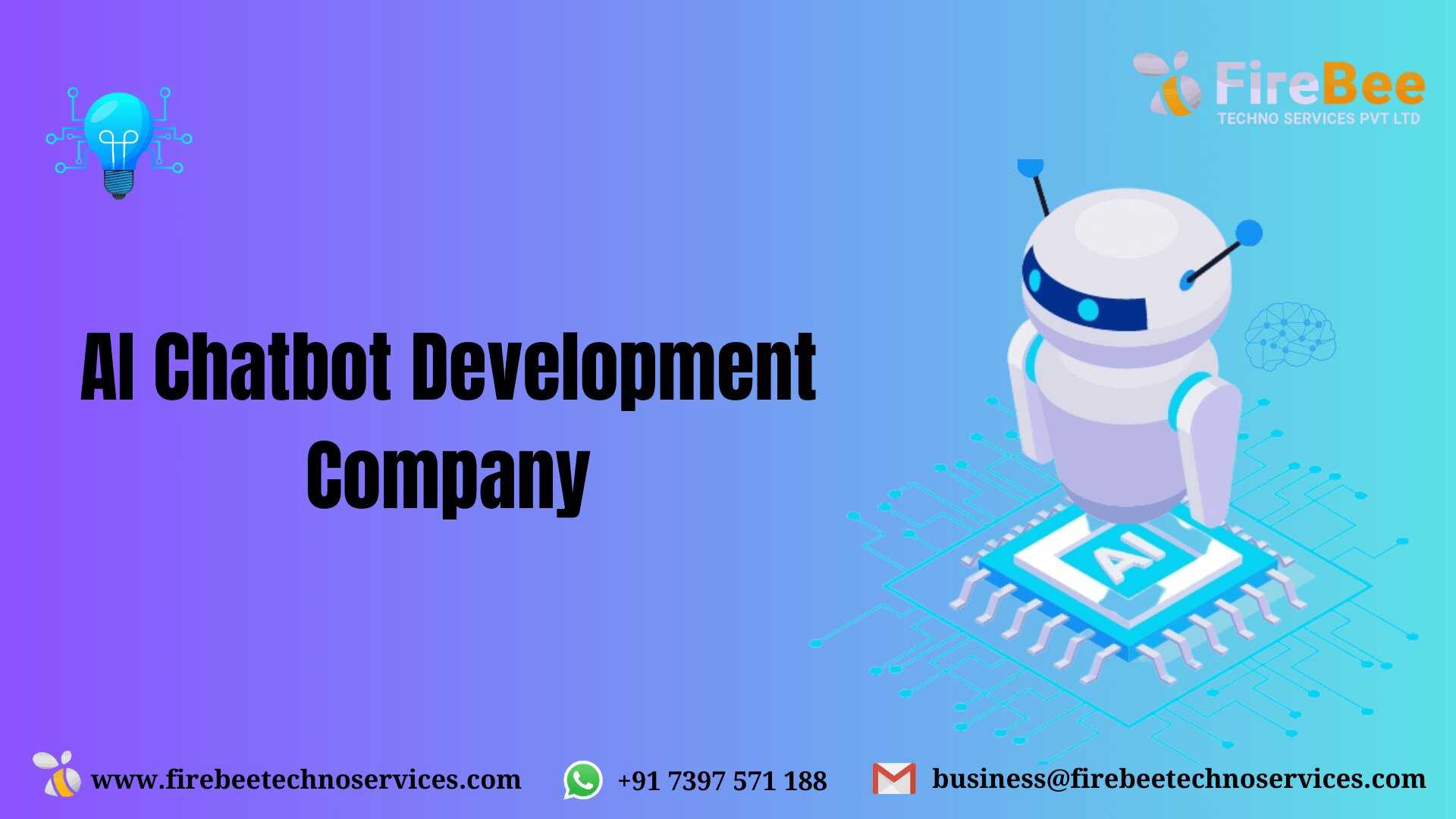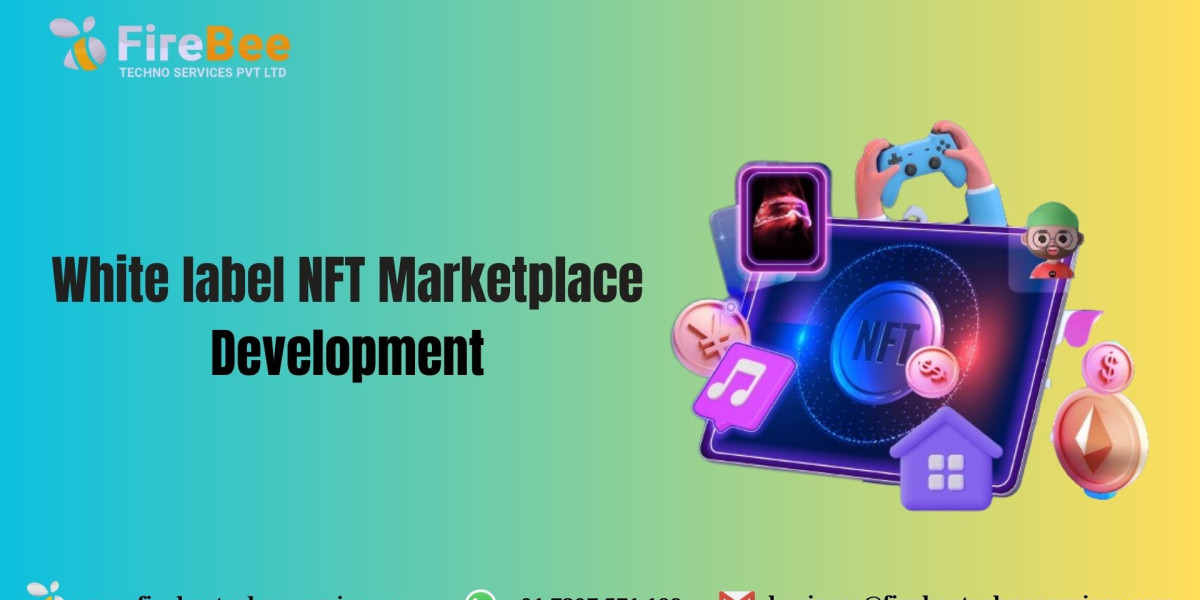AI-Powered Chatbots vs Rule-Based Chatbots: Which is Right for You?
Choosing between AI-powered chatbots and rule-based chatbots depends on your specific needs, goals, and the complexity of the interactions you want the chatbot to handle. Analyzing both variations will aid you in arriving at a well-informed choice.
AI-Powered Chatbots:
Flexibility and Adaptability: AI-powered chatbots, often referred to as "conversational AI" or "contextual AI," are designed to understand and generate human-like responses based on patterns in large datasets. They can handle more complex and varied conversations, making them suitable for a wide range of applications.
Natural Language Understanding: AI-powered chatbots can understand the nuances of natural language, including slang, idioms, and user intent. They use machine learning techniques to improve their understanding over time and can adapt to new language patterns.
Continuous Learning: These chatbots can learn from new interactions and improve their responses. This allows them to provide better and more accurate answers over time, without requiring manual updates to their rules.
Higher Complexity: If your chatbot needs to handle intricate and dynamic conversations, provide personalized recommendations, or engage users in more meaningful ways, an AI-powered chatbot is a better choice. Examples include customer support, virtual assistants, and personalized shopping assistance.
Rule-Based Chatbots:
Structured Interactions: Rule-based chatbots follow a predefined set of rules and decision trees. They are best suited for tasks with well-defined and predictable interactions, where the conversation flow is limited and static.
Quick Deployment: Rule-based chatbots are relatively easier to set up, as you define the rules that guide their responses. If you need a simple chatbot for basic queries and don't expect many variations, this can be a faster solution.
Limited Contextual Understanding: Rule-based chatbots struggle with understanding context beyond the rules provided. They may not handle complex user queries or unexpected input effectively.
Specific Use Cases: Rule-based chatbots are suitable for scenarios where interactions are straightforward and consistent, such as answering FAQs, providing basic information, or assisting with appointment scheduling.
Choosing the Right Approach:
The complexity of Interactions: If your interactions involve a wide range of user inputs, requires understanding context, and adaptability, AI-powered chatbots are the better choice.
Resource and Budget: AI-powered chatbots often require more resources for development, training, and maintenance due to their complexity. Rule-based chatbots are usually more budget-friendly and quicker to deploy.
Long-Term Vision: Consider your long-term goals. If you want to continuously improve user interactions and provide more sophisticated assistance, AI-powered chatbots are better suited for scalability and growth.
User Experience: AI-powered chatbots generally offer a more natural and engaging user experience due to their ability to understand and generate human-like responses.
In summary, if your chatbot requirements are simple, static, and don't demand a high level of conversational complexity, a rule-based chatbot might suffice. However, if you aim to provide a dynamic and intelligent conversational experience, especially for applications involving customer engagement, support, and personalization, an AI-powered chatbot is likely the better choice despite its higher development and maintenance complexity. Fire Bee Techno Services is the top AI Chatbot Development Company. We provide a chatbot within days and get a free demo today.
Visit: https://www.firebeetechnoservi....ces.com/ai-chatbot-d







